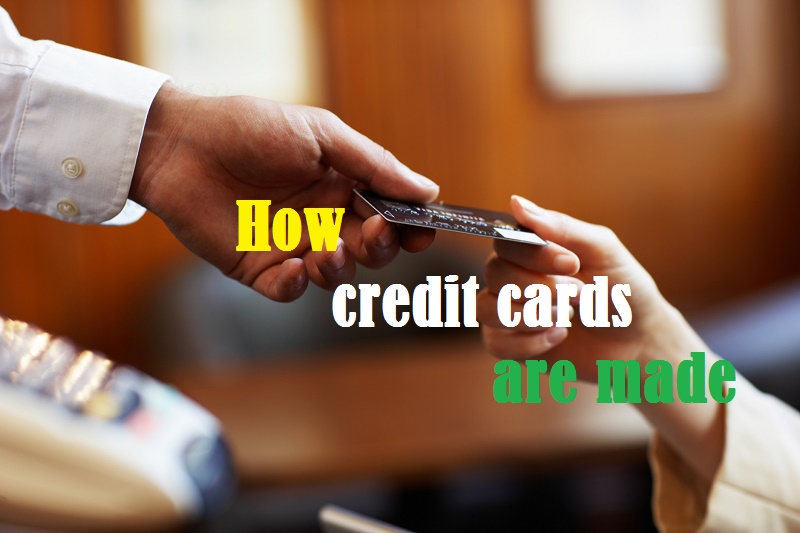Surely you will carry at least one credit card in your wallet or purse. If you are still very young, ask your parents. With them, you can pay in almost all shops or establishments. But do you know how a credit card is manufactured? Here, we want to explain to you how is the manufacturing process of the credit cards, from its design until they reach your pocket. Do we start how credit cards are made?
In what takes to read this article, in the world, are going to make more than three million transactions with the credit card. For example, only in the United States, there are more than 1,000 million of them. Enough so that, stacked one on top of another, they reach a height of 900 meters. But how are credit cards made?
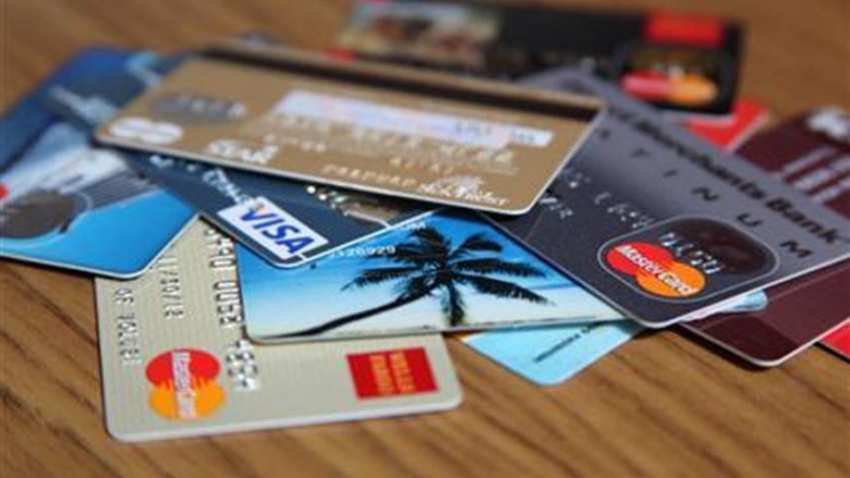
How smart cards are made?
The latest generation credit cards elements are anti-fraud holograms, radio antennas, microchips, and invisible ink. But when it comes to putting all that in a thin sheet of plastic, how do they do it?
The credit card factories are like a maximum security fortress. Each one of them can produce more than 100 million cards a year. If we add their credit, we could throw ourselves into a vortex of purchases of a trillion dollars. Here cards are made for banks and financiers around the world.
How a credit card is designed
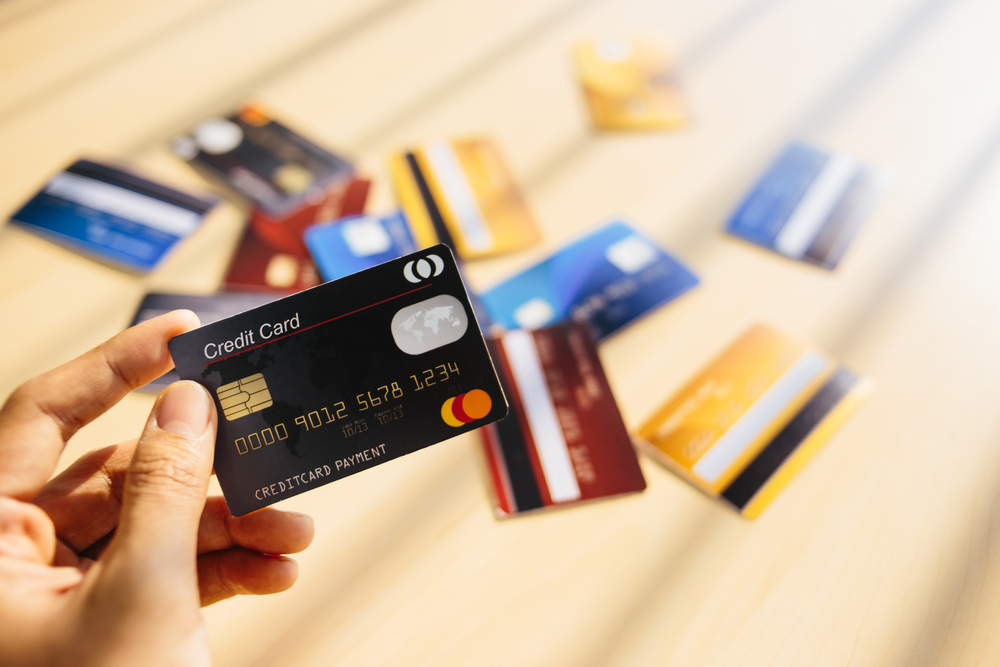
In the graphic design department, they are responsible for preparing the designs that come from the client. Normally, the design of a credit card is done by graphic design agencies that banks or financial companies hire.
Most cases comply with the regulations that govern the credit card sector, such as ISO standards or those applied by VISA or MasterCard. But if it is not adjusted, the design department of the credit card factory is responsible for adapting the design to the regulations and the production process.
Credit cards can have custom designs
The design tends to change quite frequently to prevent counterfeiters from benefiting from a particular type of design. Once the final design has been prepared, the first thing that is done is to generate what is called “electronic sample,” which is a validation format.
Marketing is very important in credit cards, so corporate colors have to be respected as much as possible. It is very important to obtain the exact color that the client wants.
Once the client has approved the final design of the card (banks or financial entities), the printing process begins. A step that, although it may seem otherwise, is quite manual.

How credit cards are printed
The first thing that is done is to introduce an aluminum printing plate into the plate recorder. Inside, a laser records the positive design in the aluminum. Normally, four plates are used, one for each color of the printing process.
Now all you need is a printer, but this one is different from the one we have at home. This is the printer of our dreams because basically, it prints money. You should know that the first credit card was used in 1949.
The basic cards look good, but in these pieces of plastic, there is more than what you see. To begin with, there is something written in invisible ink. This ink designed with the intention of being only visible under ultraviolet light and the brand is unique to the bank that emits it.
Creation of the credit card
Once the obverse and the back of the plastic sheet have been printed, what is called “sandwich” is manufactured in this sector. That is nothing more than creating the composition through several layers of the card.
The various layers will be walled and sealed to make the cards and will pass in organized piles to the next step. Subsequently, a camera and a bar code reader are used so that the layers are perfectly aligned. This machine temporarily joins the PVC by applying heat and pressure. After a laminator seal, keep the sandwich at 150 degrees Celsius.
These soft layers take 18 minutes to become flexible friends, and this is a very valuable property. This machine can finish 13,000 cards per hour. A typical card has an average limit of 6,000 dollars, so it is as if this machine manufactured about 80 million dollars per hour.
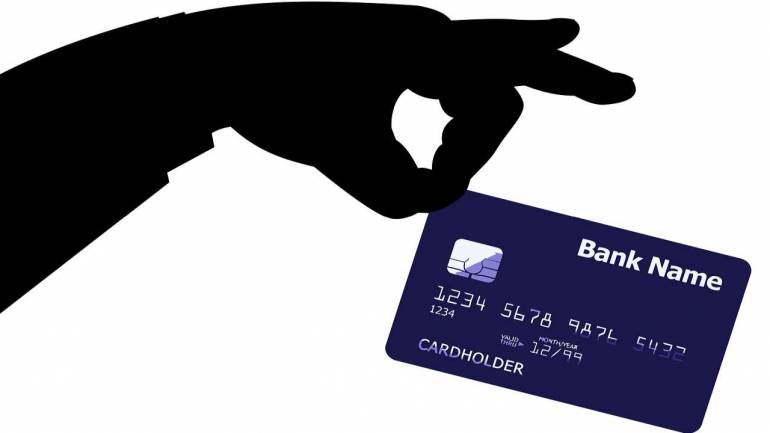
The magnetic stripe of credit cards
The cards store information such as the details of the accounts and the PIN. That’s what the magnetic stripe is made of, consisting of tiny magnetic particles with an iron base.
In the magnetic band, data is recorded as the old cassette recorders recorded the audio. But instead of having an engine that moves the tape in the player, the movement is achieved by passing the band through the card reader.
The giant rolls of magnetic tape 10 millimeters wide are cut to size required to pass them to the PVC sheets. PVC is a hard material and, as we mentioned in the previous point, they need five layers to make credit cards.
The next problem is that customers do not receive such large cards. So you have to convert each plate into 32 cards. For this purpose, this die is used. The plates pass through it at a rate of 375 per minute, and a powerful cutter cuts it.
The security here is such that even the plastic remains are collected to destroy them along with the discarded cards. In a traditional office, there are paper shredders next to the photocopier. Well, in a credit card factory, it is done in an inaccessible safe area. Only authorized personnel can enter, and you can never do it alone. An accountant adds the number of rejected cards, which is always verified with an auditor.
While destroying discards, the piles of newly created cards are not yet finished. They need more security. So just after the die-cutting phase, a very sophisticated hologram on the front and the band for the client’s signature on the back are added to the cards in a hot press.
The cards that have contactless technology have a tiny radio antenna. For this reason, they move on to another process where the contacts of the antenna are discovered. It is verified and directed to the next phase of the manufacturing process to place the chip.
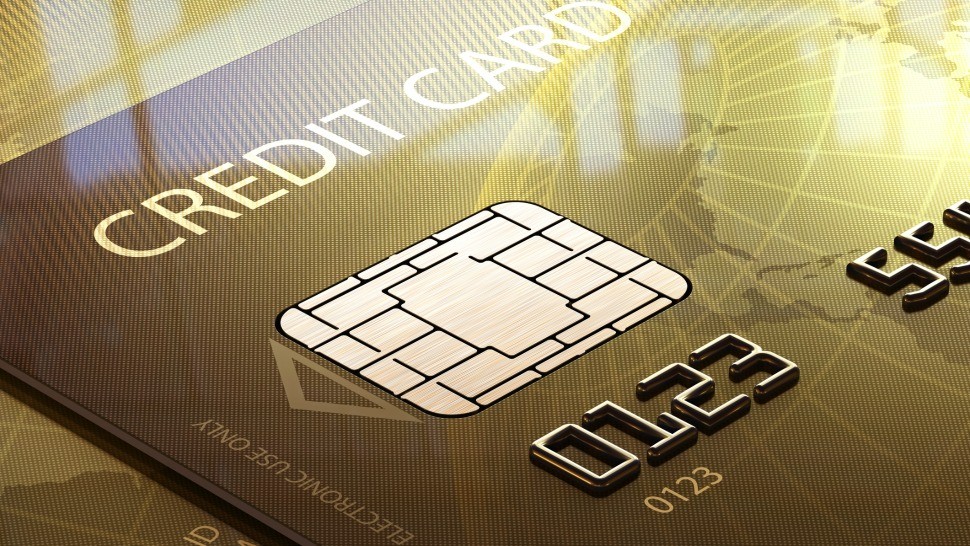
The chip of the credit cards
Now only one thing is missing: more security still. You should know that the biggest scam with a credit card was 300 million dollars. In this phase of the process, a high-speed milling machine embeds a safety chip. It is a miniature operating system with an encrypted software key.
Most people do not know that inside a bank credit card there is a mini computer. They are 32-bit processors and controllers where many cryptographic calculations are carried out.
Credit card microchip
As we have said, in the case of dual interface or contactless cards you need to put an antenna in the middle of the layers of PVC that form a credit card.
In one of the layers of plastic that forms a credit card includes an incredibly thin radio antenna, uses radio-frequency electromagnetic fields. It allows us to spend our money with just one pass of our plastic.

Engraving of credit cards
The next step is to customize each credit card with the name of the bank’s customer. That is the name of the person who will enjoy the benefits and facilities of this banking product.
The cards are loaded on a recording machine that works at an amazing speed. This machine programs the band and the chip and also records the letters and numbers adding the details of each client of the financial institution and the expiration date.
Finally, it is obtained from a roll of 300 meters of aluminum foil that is stamped on the engraved letters and heated to 115 degrees. In this way, the lettering has a nice shiny finish.
Quality control of credit cards
As you can imagine, the quality control of a credit card is very rigorous and a fundamental part of the manufacturing process. This “plastic money” is subject to mandatory compliance with specific regulations. Each aspect of the product is regulated. A product that is going to be on the market running for at least three years requires exhaustive controls.

They must comply with ISO standards. It depends on the types of credit card, the own rules dictated by the market leaders of financial cards such as VISA or MasterCard. From climatic chambers, aging to the sun, chemicals and then a whole series of electrical tests, simulations of ATMs. “
One gets an idea of the amount of technology behind a modern credit card. On the one hand, the technology that is more traditional, such as printing. It is a very high technology, such as coding, encryption or software.
Enveloped credit cards
The last step of the process is to make them reach the credit-hungry clients. A camera checks the details of the card and includes it in the letter to the recipient of the account. Suction cups open the envelopes, and the machine inserts a card and letter inside. They are ready for customers who can spend as much as the manager of their bank allows them, protected by an extraordinary level of security.

